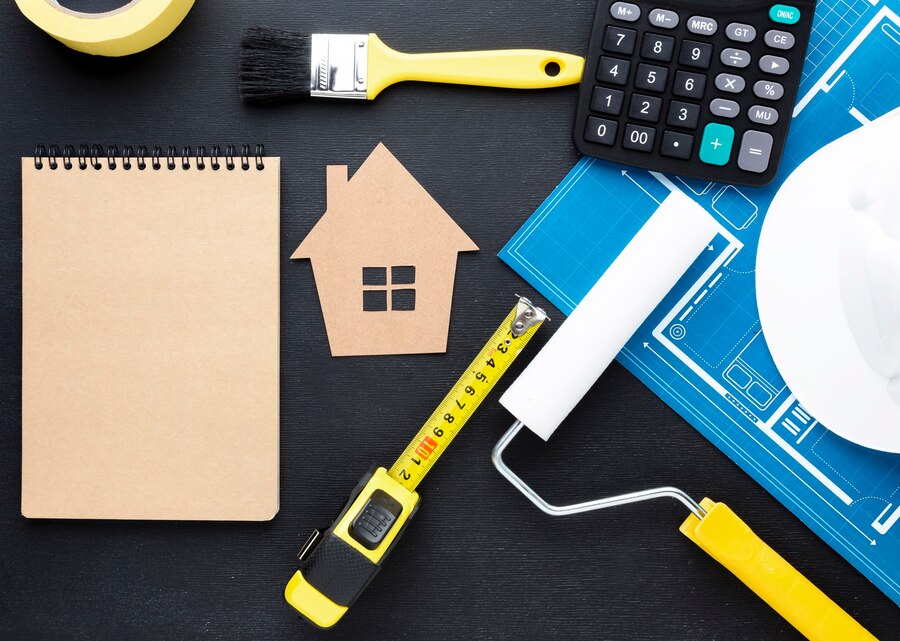
Plan Your Home Improvements Every 10 Years to Maximize Value
For home buyers, as you plan your next Camella home improvement project, it is crucial to consider home improvements every 10 years that enhance your house’s value.
Whether the house is your primary residence or you are an investor looking to make a second sale or for leasing purposes, homeowners should save money and set it aside for periodic home improvement project that will keep the house in good shape and attract buyers or renters. Not to take these home improvements seriously might get you spending money more than what you intend to spend.
The past decade has seen significant changes, and our homes have been a focal point for re-evaluation. Features like home offices and outdoor areas are now highly desired amenities.
Our current list of “popular home improvement projects” includes house upgrades that provide the greatest return on investment, featuring specific product recommendations updated for 2024.
Maintaining Your Home’s Value Through “Home Improvement Projects”
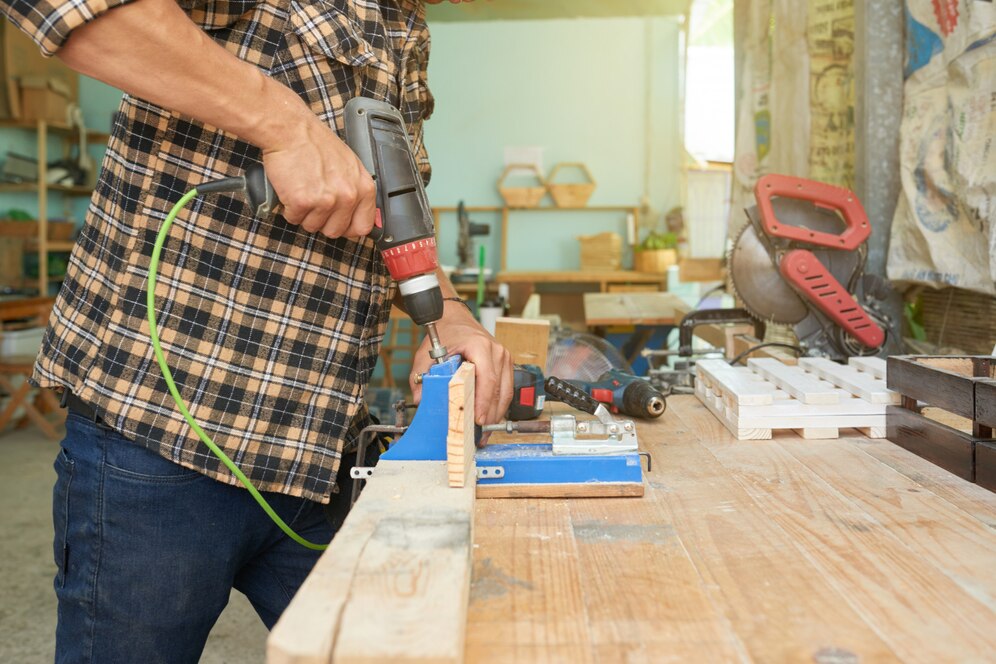
Even the most cherished homes experience wear and tear, especially after reaching the 10-year mark. Making a place with little square foot seem comfortable may be a daunting task, mainly when rental restrictions and landlord requirements restrict décor choices.
However, if you live in an apartment, condo, or rental, you can still personalize your space with a few well-placed design ideas and make it your own.
Allow these apartment decorating ideas to inspire you as you decorate your property with flair and individuality.
Regular home improvement projects are essential for keeping your property in tip top shape. Consider making these improvements every 10 years or so.
Purchase new carpet

According to industry standards, the typical medium-grade carpet has a life expectancy of around ten years.
Of course, this lifespan depends on various factors, including the number of people and pets in the household and the overall foot traffic the carpet endures. Homes with active families or furry companions might see their carpets wear out faster.
Several signs indicate it’s time to replace your carpet. These include rips, tears, or persistent stains that won’t disappear after a thorough cleaning.
Additionally, even if your carpet is intact, it might appear old and worn, detracting from your space’s overall look and feel. A refresh with a new carpet can breathe new life into a room.
The cost of a new carpet varies depending on several factors, including:
Material
Nylon is famous for its durability, but wool offers a luxurious feel and typically costs more than synthetics.
Pile height and density
Carpets with a higher pile height generally feel softer underfoot but might be more challenging to clean. Denser carpets offer better wear resistance.
Square footage
The larger the area you must cover, the higher the overall cost.
Replace your Water Tanks
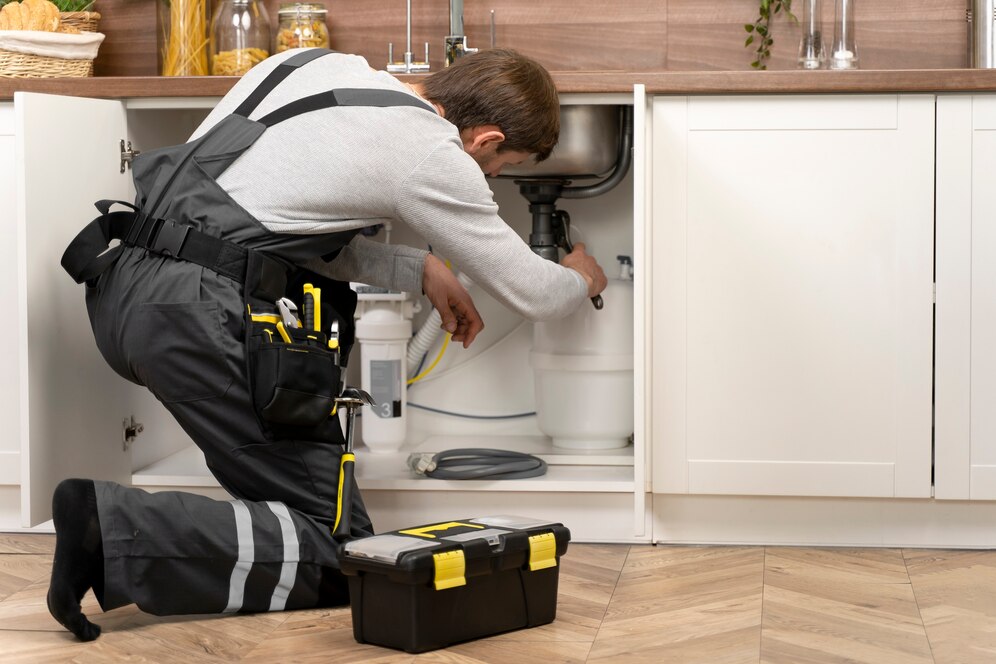
While often overlooked, your water tank delivers clean and consistent hot water to your home, especially if you have multiple water heater in the house. However, like any appliance, water tanks, in particular hot water tank, have limited lifespan and require replacement to maintain efficiency and safety. Here’s why replacing your water tank might be necessary:
Hidden Damage
Unlike other appliances, water tanks often don’t exhibit warning signs before malfunctioning. Leaks, cracks, or internal corrosion can develop gradually, potentially leading to sudden breakdowns or flooding.
Age is a Factor
Similar to most appliances, water tanks have a limited lifespan. A decent rule of thumb is to consider replacing your water tank after 10 years of service. This timeframe helps ensure the tank’s structural integrity and optimal performance.
Decoding the Label
Many water tanks have a manufacturing date imprinted on the label. Identifying this date is the easiest way to determine your tank’s age.
However, if the date is missing, don’t despair! Some manufacturers encode the production date within the serial number. A quick online search or call to the manufacturer can help decipher this code.
Safety First
Failing water tanks pose a significant safety risk. Internal corrosion can contaminate your water supply with rust or other harmful elements.
Additionally, leaks can cause extensive water damage to your property. Replacing an aging water tank is a proactive measure to ensure the safety and well-being of your family.
Regular Maintenance
Regular maintenance is also crucial for extending the average lifespan of your water tank.
This includes draining the tank periodically to remove sediment build-up, inspecting for leaks or signs of rust, and following manufacturer-recommended maintenance procedures.
By understanding the importance of replacing your water tank and taking proactive steps, you can ensure a safe and reliable hot water supply for your home for years.
Ceiling fans should be updated

Ceiling fans provide much-needed air circulation and cooling comfort, especially in warmer climates. But even the most reliable fan eventually reaches the end of its lifespan.
With regular use, most ceiling fans have a lifespan of around 10 years. Beyond this point, performance and efficiency may decline. The motor might become noisy, the blades wobble, or air circulation weakens.
Frequently replacing light bulbs in your ceiling fan can indicate a deeper issue. A failing fan motor can cause a surge in electricity, leading to quicker bulb burnout. This is a sign it’s time to consider a replacement.
Ceiling fans are not just functional; they can also be a stylish focal point in a room. Modern homes often embrace sleek, minimalist designs. An upgrade can provide a refreshing aesthetic change if your current fan’s look feels outdated or clashes with your décor.
Today’s models offer exciting features like integrated LED lighting with adjustable color temperatures, remote controls for added convenience, and even smart home compatibility.
Upgrading your fan can allow you to experience these advancements. Remember, well-chosen light fixtures like a modern ceiling fan can elevate your space’s function and aesthetics.
Disposal of rubbish should be replaced
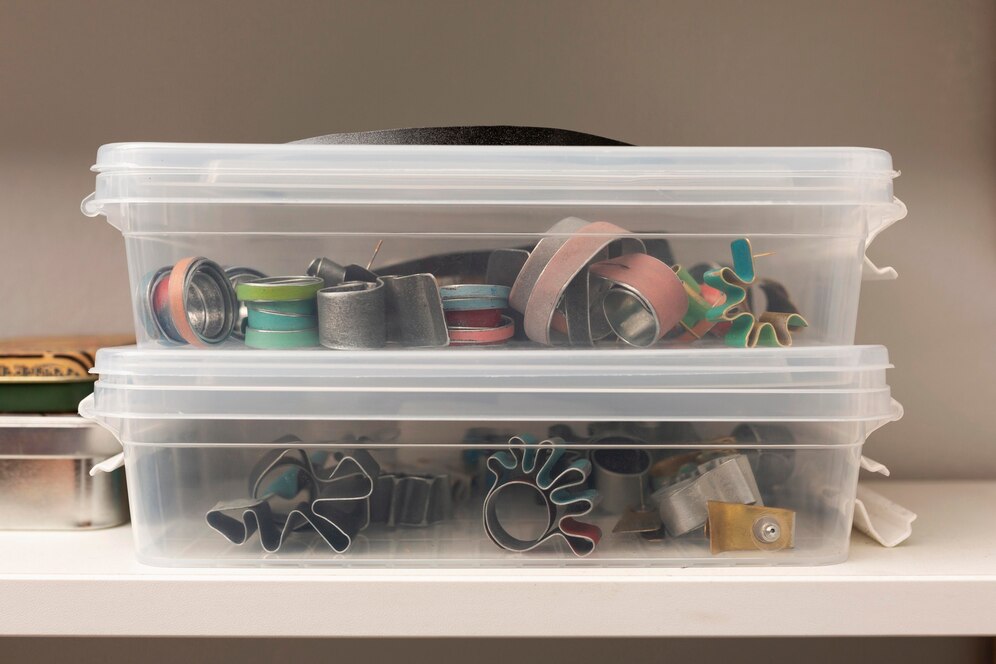
The concept of “disposal” when it comes to rubbish is outdated. We’re moving towards a more sustainable future, which means rethinking how we handle waste.
Spend money wisely. Consider this : Instead of simply throwing things away, we should focus on resource recovery. This means implementing a waste management hierarchy prioritizing the most environmentally friendly options.
Of course, there are still situations where some items indeed cannot be reused or recycled. Your garbage disposal unit (often called a “garbage disposal”) is one example. These handy appliances help grind food scraps but don’t last forever.
Some signs your garbage disposal needs replacing are frequent clogs (dull blades struggle to break down food waste that lead to backups and unpleasant odors), leaks (a damaged unit can leak water, causing potential mold and cabinet damage).
Age is also an important thing to consider (with regular use, a garbage disposal can last 10-12 years. If yours is approaching this age, consider replacing it before it malfunctions completely).
The washing machine and dryer should be replaced
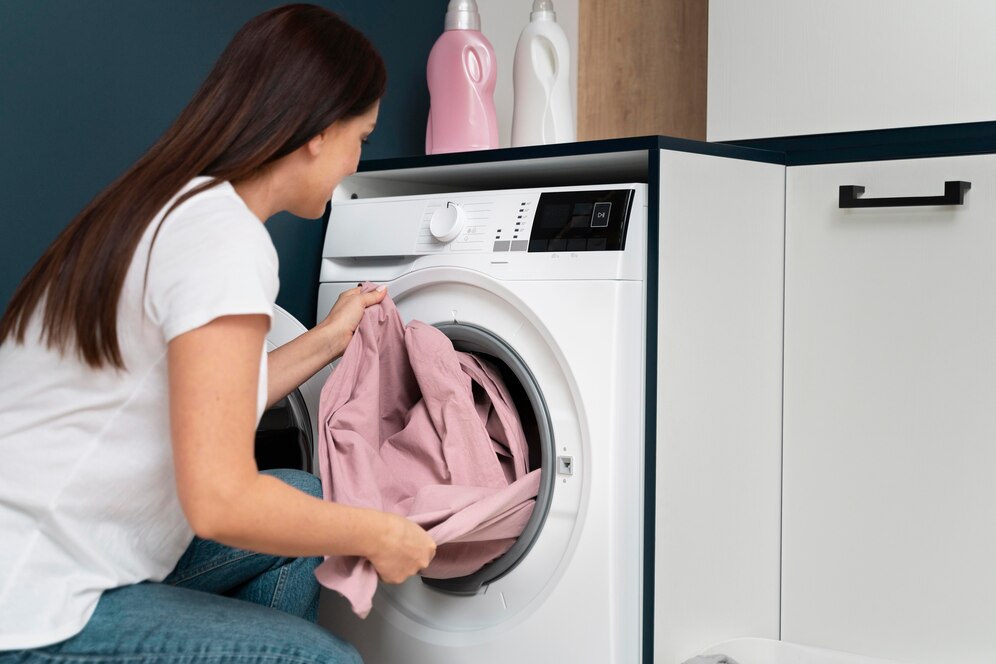
It is estimated that the average lifetime of both appliances is eight years. So, if your set is more than ten years old and is still in good working order, count yourself lucky! Having said that, consider changing them before you have any serious difficulties or leaks.
Knowing when to replace these hardworking appliances can save you headaches (and wet floors!) in the long run.
Here’s why you might want to think about a replacement even if they haven’t completely broken down:
Decreased Efficiency
Over time, washers and dryers can become less energy efficient at cleaning and drying clothes thoroughly. This means longer wash cycles, higher utility bills, and potentially higher water usage.
Increased Risk of Failure
Components become more susceptible to wear and tear as appliances age, leading to unexpected breakdowns. Catching these issues early can prevent more extensive damage and costly repairs.
Safety Concerns
Aging appliances pose a potential safety risk. Loose wires, faulty connections, and leaking hoses can lead to electrical hazards or water damage.
Technological Advancements
New models have innovative features like steam cleaning, smart controls, and improved water efficiency. Upgrading can offer better performance, convenience, and potentially lower utility costs.
Paint the inside and outside of the house
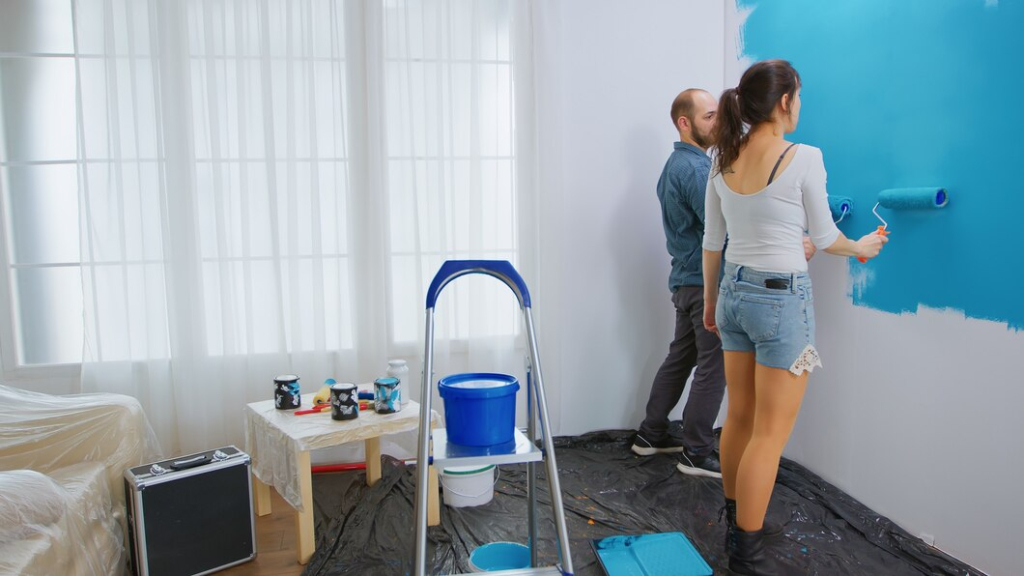
A fresh coat of paint is the most transformative home improvement project you can undertake. It breathes new life into your living space, enhances curb appeal, and can even increase your property value. But when is the right time to repaint your house? Unfortunately, there’s no one-size-fits-all answer.
Several factors influence how often you repaint your home. Climates with harsh sun, high humidity, or frequent rain can take a toll on paint, requiring more frequent touch-ups.
Different siding materials (wood, vinyl, stucco) have varying lifespans for paint. High-quality paints offer superior durability compared to budget-friendly options. Meanwhile, regular cleaning and minor touch-ups can extend the life of your paint job.
Signs You Need a Repaint:
While there’s no set schedule, sure signs indicate your home is ready for a makeover:
- Faded or Chalking Paint: Sunlight breaks down paint over time, causing it to fade and lose its vibrancy. A chalky texture when you rub the surface is another telltale sign.
- Peeling or Cracking: Moisture can cause paint to peel or crack, compromising its protective barrier.
- Mold or Mildew Growth: In humid environments, paint can become susceptible to mold and mildew growth, requiring immediate attention.
- Interior Aesthetic Changes: Have your design tastes evolved? A new paint color scheme can transform the look and feel of your entire living space.
Strategic Repainting:
It’s not always necessary to repaint the entire house at once. Here’s a strategic approach:
- High-Traffic Areas: Rooms like living rooms and kitchens experience more wear and tear, so they may require repainting every 3-5 years.
- Exterior Surfaces: Depending on your location and climate, exterior paint might last 5-10 years.
- Less-Used Spaces: Bedrooms and guest rooms with lower usage might only need repainting every 10-15 years.
Taking on a project of this scale can be exciting and rewarding. You can transform your house into a vibrant and beautiful haven with careful planning, the right materials, and a little effort.
Roof Replacement
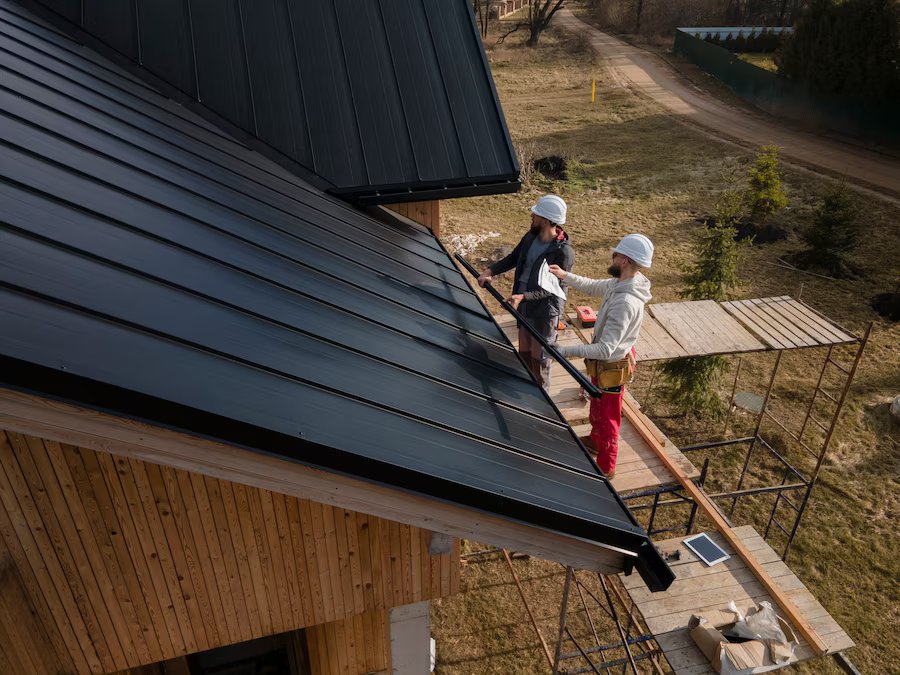
One of the most important, yet sometimes overlooked, exterior home improvements is a roof replacement.
While it may not be as glamorous as a fresh coat of paint or a new deck, a new roof plays a vital role in protecting your home. Think of it as your house’s first line of defense against the elements.
Typically, asphalt shingles, the most common roofing material, have a lifespan of around 10 years. So, considering a new asphalt roof is a wise investment if your roof is nearing a decade old. Here’s why:
A new roof protects your home from rain, snow, and sun. This prevents leaks, water damage, and interior mold growth, saving you money on repairs down the road.
Modern asphalt shingles are designed to reflect sunlight, lowering your cooling costs in the summer. Additionally, a properly sealed roof prevents drafts, keeping your home warmer in the winter and reducing heating bills.
A new asphalt roof instantly boosts your home’s exterior appearance. Available in a variety of colors and styles, you can choose one that complements your home’s architecture and increases its curb appeal.
By prioritizing a new asphalt roof every 10 years, you invest wisely in your home’s longevity, value, and energy efficiency. It’s an exterior home improvement that pays off for years to come.
Showers, bathtubs, and sinks should all be re-caulked
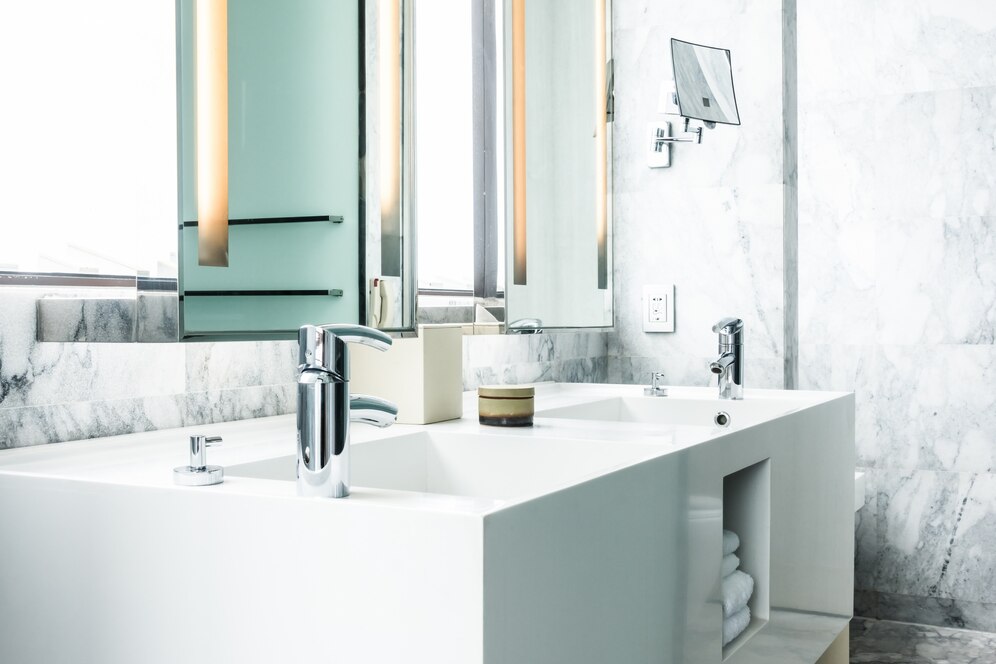
Consider re-caulking your tub, shower, and sinks for a spa-like feel in your modern bathroom. This may seem minor, but it has a surprising impact.
Over time, caulk can crack and peel, allowing water to seep behind tiles and fixtures. This can lead to mold growth and detract from the clean lines and sleek aesthetic of a modern bathroom.
Re-caulking is one of the most cost-effective bathroom improvements you can make. Whether you’re a seasoned DIYer or a complete novice, this project is easy to tackle.
With a little preparation and the right materials, you can create a watertight seal around your shower, bathtub, and sinks, instantly making your bathroom appear brighter, cleaner, and more polished.
Switch to Hardwood Floors
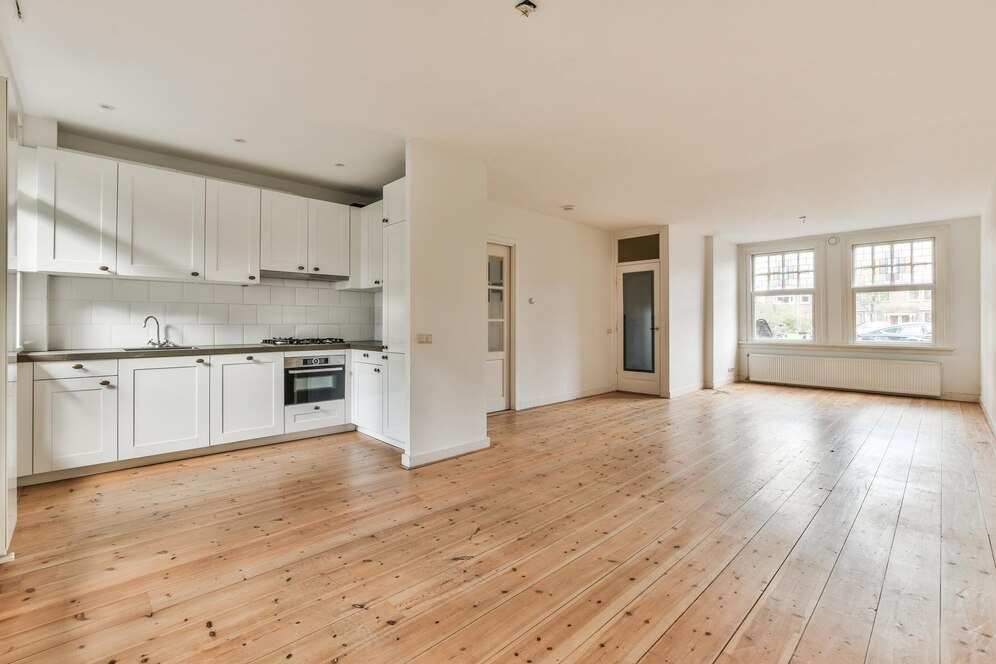
Consider the impact of hardwood floors. A simple refresh can do wonders if you have existing hardwood floors throughout your home.
A light sanding and a fresh coat of stain or sealant can revitalize dull wood, restoring its natural beauty and warmth. This not only enhances the overall look of your home but also increases its value.
Repaint and Re-glaze Windows
While trendy design elements come and go, there’s something undeniably timeless about classic features like hardwood floors and well-maintained windows.
These elements add character and value to your home. Here’s how to keep your windows looking their best with two essential maintenance techniques: repainting and re-glazing.
Like any exterior surface, a window’s paint job takes a beating from the elements. Over time, harsh sunlight, rain, and wind can cause the paint to fade, crack, and peel.
This detracts from your home’s curb appeal and exposes the underlying wood to moisture damage. Regular repainting, roughly every 5-7 years, is crucial for maintaining the integrity and beauty of your windows.
There may be better options than replacement for ancient windows, especially those with beautiful lead or stained glass. These windows are often works of art, adding a unique character to your home. The good news is that, in many cases, re-glazing is a more convenient and cost-effective alternative to replacing them entirely.
Re-glazing involves removing the old putty and glazing compound that holds the glass panes in place, replacing any damaged glass, and re-sealing the window with fresh glazing material.
While a complete re-glazing is typically recommended every 10 years or so, it’s essential to be proactive with window maintenance. A simple annual inspection before the cold season can help identify potential problems early on.
Look for signs of cracking, leaking, or condensation between the panes. Addressing these issues promptly will prevent them from escalating into more significant (and expensive) repairs down the road.
Reinvigorate Your Garage
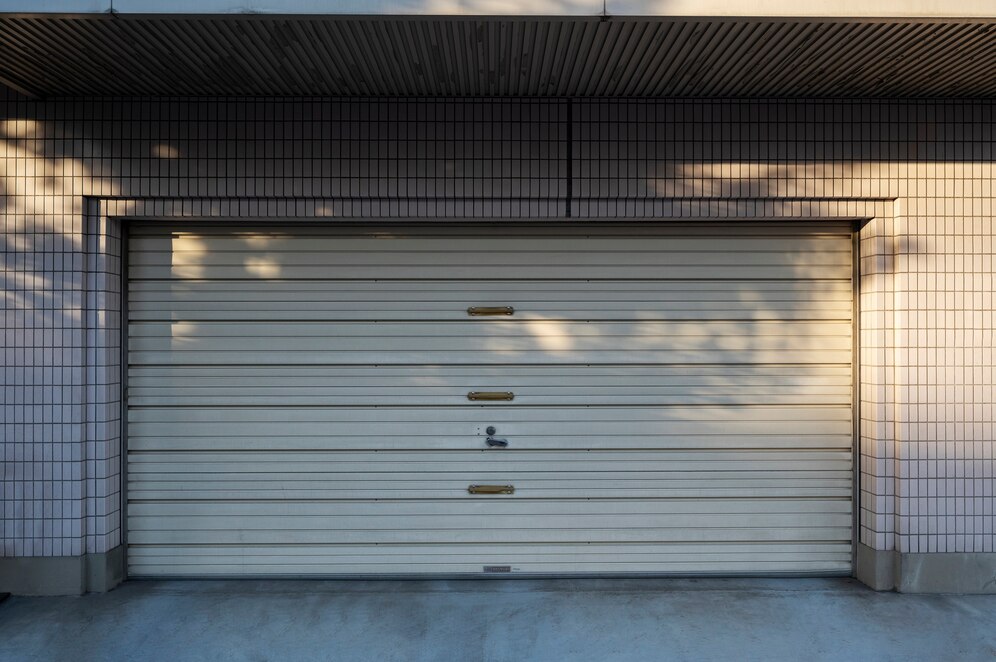
Our garages are workhorses. They provide a haven for our vehicles, offer storage solutions, and sometimes even double as workshops.
However, like any frequently used space, garages can become cluttered, outdated, and inefficient. The good news is that with a bit of planning and effort, you can transform your garage from a chaotic catch-all to a well-organized and functional space.
While a garage’s primary purpose is to house your car, it can be much more. Think of it as an extension of your living space, offering valuable storage solutions, a dedicated workspace for hobbies, or even a recreation area.
Here are some steps to consider for your garage makeover:
- Assess Your Needs: Determine how you plan to utilize your garage space and prioritize functionalities.
- Evaluate Your Garage Door: Inspect your existing garage door for signs of wear and tear.
- Explore Options: Research different materials, styles, and security features for garage doors to find the perfect fit.
- Consider Professional Help: Consult with qualified professionals for complex projects like door installation or electrical work.
Remodel Your Basement
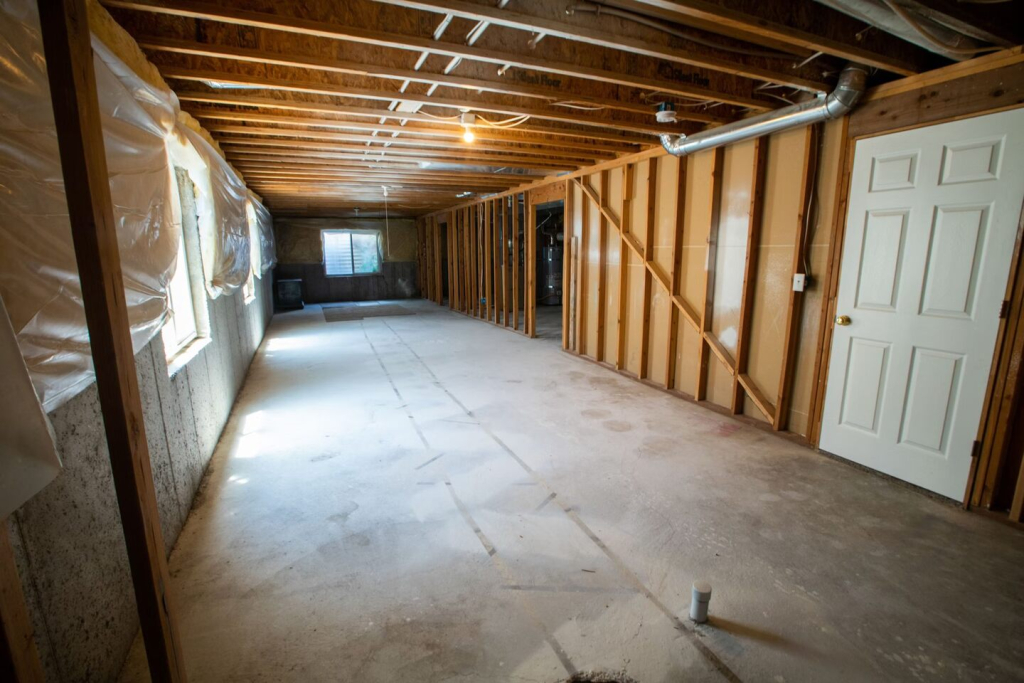
A well-planned basement remodel is one way to unlock hidden potential and add significant value to your home.
While basements are often relegated to storage or laundry duty, they hold the potential to become vibrant and functional extensions of your living space. However, unlike a fresh coat of paint or a new light fixture, a basement remodel is a significant undertaking. So, when does it make sense to consider one?
Every 10 years or so, take a good look at your living situation. Has your family grown? Do you need a dedicated home office, a media room, or a guest suite? Perhaps you crave a space for hobbies or a home gym. A basement remodel can transform your basement into any of these and more.
A well-designed remodel can address specific needs, creating a dedicated space for work, relaxation, entertainment, or storage.
Modern basements can be insulated and climate-controlled, creating a comfortable year-round living space. Finished basements are also highly desirable to potential buyers, significantly increasing your home’s resale value.
Investing in Your Home’s Future Saves You Money in the Long Run
Maintaining your home isn’t just about keeping it looking good; it’s about protecting your investment. By strategically planning home improvement projects every 10 years, you can avoid costly repairs down the road and save money in the long run.
By following this 10-year plan, you can ensure your home remains a comfortable and valuable asset for years to come. Consider it an investment in your home’s future and, ultimately, your financial security.

Celebrate Life’s Milestones in Camella!
Make unforgettable memories in a Camella home.
Our communities are designed to elevate your living experience.


